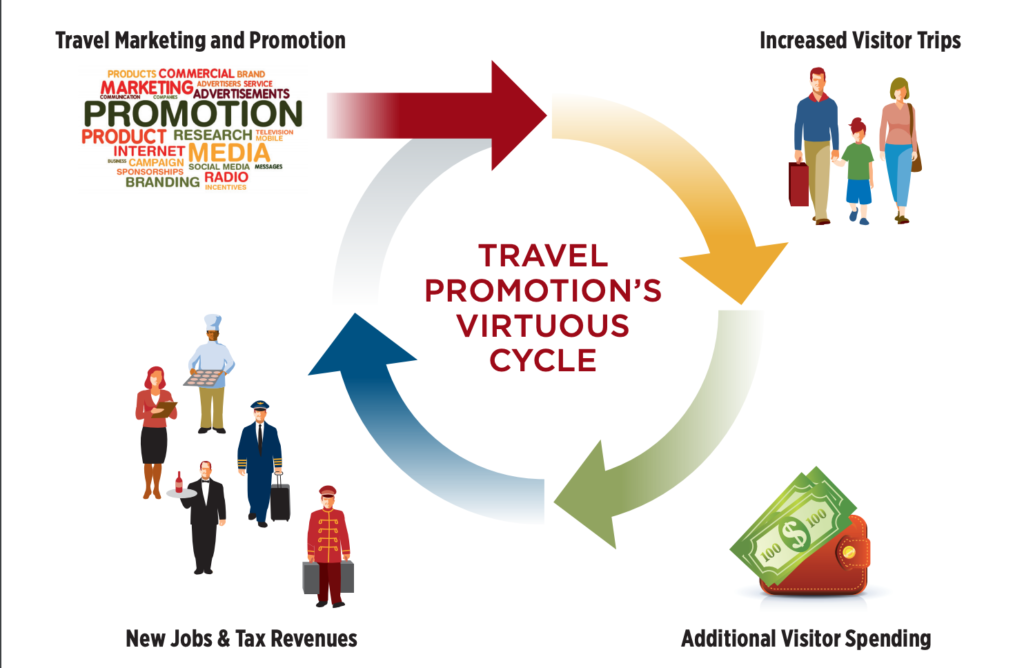With reporting by Matthew Clausen, Micaela Pacheco & Emilie Ehrman
The COVID-19 pandemic has revealed a lot about tourism and the way it is managed in destinations worldwide. From Venice to Virginia Beach, the first half of 2020 has highlighted the importance of tourism on a destination’s economy, and in some places exposed where its strategy might be unsustainable in the long-term. Likewise, within Destination Management Organizations themselves, a focus on a single revenue stream has left a number of DMOs vulnerable.
Fortunately, there are a number of DMO funding streams to help diversify income generation as destinations seek to reimagine tourism for the future. As part of Solimar’s DMO Development Program, our team of experts has assembled to provide remote training and assistance to developing DMOs in the Republic of Georgia and Armenia. Week 5 of this course focused on DMO funding models and encouraged participants to think creatively and analytically about different funding streams. Whether these are private or public funding models, DMOs need a diverse range of revenue sources in order to thrive in an increasingly volatile tourism market.
This week’s learning session featured an interview with Gabriel Seder of Destinations International. Mr. Seder discussed the benefits of public and private funding models for DMOs. Every DMO should be working on strengthening private sector engagement and participation in all aspects of the DMO’s activities including governance and funding. These funding sources have a great influence on the governance of a DMO, and the sources that supply the most funding typically have a greater influence on DMO decision making.
According to Destinations International’s 2015 DMO Organizational and Financial Profile Study, 88% of the funding of DMOs came from the public (government) sector, and the remaining 12% from private sources. The top public sources included hotel room taxes; Tourism Improvement District/marketing district assessment/voluntary marketing fees; other county/city/state/province tax fund sources; special restaurant taxes; and other national tax funds. About 39% of DMOs have dues-paying members, but this goes up to 60% for the larger DMOs.
Without effective destination marketing, revenue generation can prove extremely difficult for DMOs. An easy way to think about this is through the virtuous cycle of travel promotion: increased marketing leads to increased visitors, which increases visitor spending, which creates more jobs and tax revenues. And the cycle continues.
According to the Canadian Tourism Commission, every $1 spent on international destination marketing (on average) equals $38 in visitor spending. However, marketing spending must be effective spending.

One of the newest and most exciting ways of generating revenue for a DMO is through a Tourism Improvement District (TID). A TID is created with a voluntary visitor contribution fee, where the visitor is able to voluntarily pay a small fee on a bill, and the DMO collects the fee from the businesses directly and manages the fund. This model creates additional sustainable funding for your DMO. A note of caution: this model only works if businesses are interested and want to be involved. It requires a mutual trust between stakeholders and your DMO to ensure transparency and honesty of funds received.
If you are interested in learning more about the different funding models and how to best effectively implement sustainable funding for your DMO, you can learn more here.

